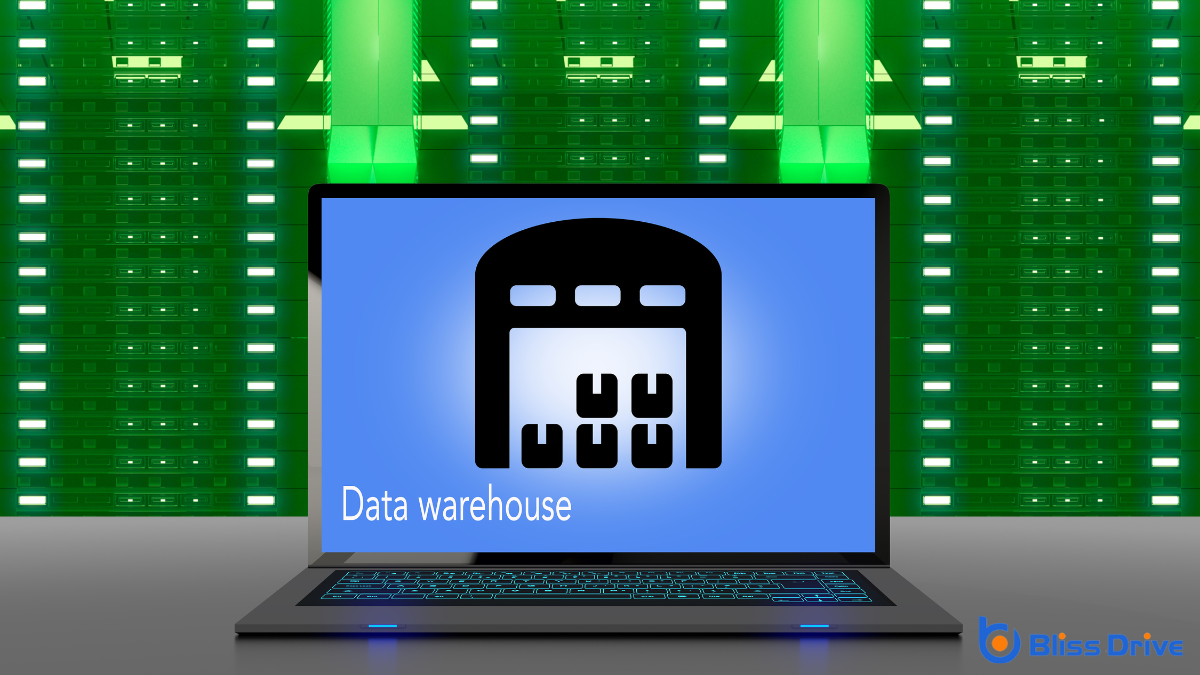Learn More About Us

You can organize your data effectively using various structured data formats. Relational databases use tables with rows and columns, and SQL for queries. Spreadsheets offerThe specific product or service being promoted by affiliates. a grid structure and functions for data analysisThe process of inspecting, cleaning, transforming, and modeling data to discover useful information..... XML and JSON are markup and data interchange formats, with XML being hierarchical and verbose, while JSON is lightweight and easy to read. CSV files are simple and great for tabular data exchange. Explore further to understand how these formats can enhance your data management.
While exploring structured data formats, you'll find that relational databases are among the most widely used. These databases organize data into tables, which makes it easy to identify and access specific information. Each table consists of rows and columns, with rows representing records and columns representing attributes.
You'll often use SQL (Structured Query Language)A programming language used for managing and manipulating relational databases. to manage and query the data within these tables, allowing for efficient data retrieval and manipulation.
Relational databases are great when you need high data integrity, as they enforce rules through keys and constraints. They’re ideal for handling complex queries and large volumes of data. You’ll appreciate their ability to maintain relationships between data points, ensuring consistency and reliability.
Popular systems like MySQL, PostgreSQL, and Oracle offer robust solutions for various applications.

When you think of structured data formats, spreadsheets often come to mind with their grid-like structure that helps organize data efficiently.
You'll find common formats like Excel and Google Sheets, each offering unique features for data manipulation.
Spreadsheets aren't just about organizing data; they provide benefits like easy data analysis and visualization that enhance decision-making.
Spreadsheets are a fundamental tool for organizing structured data, offering a flexible grid layout that can adapt to various data sets and analyses. You can arrange your data in rows and columns, creating an easy-to-read format that simplifies data entry and retrieval.
Labels in the first row or column help you quickly understand what each data point represents. By using formulas and functions, you can perform calculations, summarize data, and even generate visual representations like charts. This makes analyzing trends and patterns much more accessible.
Spreadsheets also allow you to sort and filter data, helping you focus on specific information without losing context. They provide a dynamic environment where you can adjust and refine your data as your analysis needs evolve.
In the domain of digital data management, spreadsheet formats like Excel, Google Sheets, and LibreOffice Calc stand out as versatile tools.
You can use Excel, a part of Microsoft Office, to handle complex datasets with advanced formulas and pivot tables. Google Sheets, a cloud-based option, lets you collaborate in real-time, making it perfect for team projects.
If you’re seeking an open-source alternative, LibreOffice Calc offers similar functionality without the cost.
Each format supports various file extensions, like .xlsx for Excel and .ods for Calc, ensuring compatibility across platforms.
These tools not only help organize data but also make it easy to perform data analysis.
Whether you’re a business professional or a student, understanding these formats empowers you to manage data efficiently.
Managing data effectively is essential, and spreadsheets offer an array of benefits to streamline this process. You can easily organize vast amounts of information using rows and columns, making data manipulation intuitive.
Calculations become a breeze with built-in formulas and functions, saving you time and reducing errors. Want to visualize your data? Spreadsheets allow you to create charts and graphs, helping you spot trends at a glance.
Collaboration is also simplified; you can share spreadsheets with others for real-time updates and feedback. Plus, spreadsheets are versatile, supporting various file formats and integrating with other software.
Whether for financial analysis, project management, or simple list-making, spreadsheets empower you to handle data efficiently and make informed decisions.
Although many formats exist for structuring data, XML (eXtensible Markup Language) stands out due to its flexibility and wide application. You’ll find XML valuable when you need to store or transport data across different systems, thanks to its human-readable and machine-readable format.
With XML, you can define your own tags, making it highly customizable and adaptable to various needs. It’s often used in web services, configuration files, and data interchange between applications.
XML's hierarchical structure lets you nest elements, providing a clear way to represent complex data relationships. You don’t have to worry about compatibility issues because XML is platform-independent.
However, keep in mind that XML can be verbose, which mightn't be ideal for all applications, especially when file size is a concern.
When it comes to lightweight data interchange, JSON (JavaScript Object Notation) is often your go-to choice. It's simple, easy to read, and supported almost everywhere.
You’ll find JSON’s versatility allows you to represent complex data structures effortlessly. Whether you're a developer or just someone exploring data formats, JSON's syntax is intuitive and straightforward.
Consider these appealing aspects of JSON:
JSON's effectiveness makes it a powerful tool in your data handling toolkit.

CSV, short for Comma-Separated Values, is a staple in the world of data handling. You’ll find it ideal for storing tabular data, like spreadsheets or simple databases. Each line in a CSV file represents a row, and commas separate the individual data values, making it easy to read and write.
You can open CSV files using many applications, including Excel and Google Sheets, allowing for straightforward data manipulation. This format’s simplicity makes it perfect for data exchange between different programs without the complexities of other data formats.
However, be cautious of using commas within your data fields, as this can cause parsing errors. Consider using quotes around such fields to avoid confusion.
Embracing CSV means enjoying a versatile and widely supported data format.
SQL, or Structured Query Language, is the backbone of database management. It lets you effortlessly interact with and manipulate structured data. When you use SQL, you're not just querying databases; you're revealing a world of organized information.
With SQL, you’re not just managing data; you’re transforming how you view and use it. Understanding SQL equips you with a powerful tool, allowing you to make informed decisions and streamline operations.
Immerse yourself in SQL, and watch how it revolutionizes your data interactions.
In the ever-evolving landscape of data management, NoSQL databases emerge as a flexible alternative to traditional relational databases. You’ll find they’re designed to handle vast amounts of unstructured data, catering to the needs of modern applications.
Unlike SQL databases, NoSQL doesn’t rely on fixed schemas, making it ideal for dynamic, scalable environments. You can choose from various types, including document, key-value, column-family, and graph databases, each tailored to specific data needs.
For instance, document databases like MongoDB store data in JSON-like formats, ensuring easy storage and retrieval. If you're dealing with large-scale, distributed applications, NoSQL’s horizontal scaling capabilities offer seamless growth.

When you explore data warehouses, you'll discover they offer significant benefits for data analysis by providing a centralized repository for large volumes of data.
They easily integrate with business systems, ensuring that your analyticsThe systematic computational analysis of data or statistics to gain insights and support decision-ma... are aligned with operational processes.
Plus, their scalability and performance capabilities mean you can efficiently handle growing data needs.
Although data warehouses can seem complex, they offer significant benefits for data analysis. You’ll find that they consolidate vast amounts of data, making it easier to dive deep and extract valuable insights. Their structure allows you to query massive datasets quickly, saving precious time.
With data warehouses, you can enjoy:
These benefits make data warehouses an invaluable asset in your analytical toolkit.
Seamlessly integrating data warehouses with your existing business systems can unlock a new level of efficiency and insight. By connecting these systems, you’re ensuring that data flows smoothly between departments, reducing manual data entry and the risk of errors.
This integration helps you maintain a single source of truth, where all your data is consistently updated and accessible. You can empower your decision-making by having real-time access to consolidated data.
It enables your team to perform more accurate analyses and forecasts, ultimately driving better business strategies. Plus, this seamless connectivity supports improved collaboration across various teams, as everyone can access the same dataset.
Embrace this integration to streamline operations and enhance your organization’s overall performance and agility.
As your organization grows, the scalability and performance of your data warehouseA system used for reporting and data analysis, serving as a central repository of integrated data. become vital factors in maintaining efficiency.
It’s essential to guarantee your data warehouse can handle increasing volumes without compromising speed. You need a reliable system to handle peak loads, process queries quickly, and support real-time analyticsThe use of data and related resources for analysis as soon as it becomes available..
Consider these emotional triggers:
You've explored various structured data formats, each with its unique strengths. Relational databases and spreadsheets offer familiarity and ease of use. XML and JSON provide flexibility for web data interchange. CSV is simple yet effective for tabular data. SQL remains a powerful tool for querying structured datasets. NoSQL databases cater to unstructured and semi-structured data needs, while data warehouses support large-scale analytics. Understanding these formats helps you choose the best tool for managing and analyzing your data efficiently.
